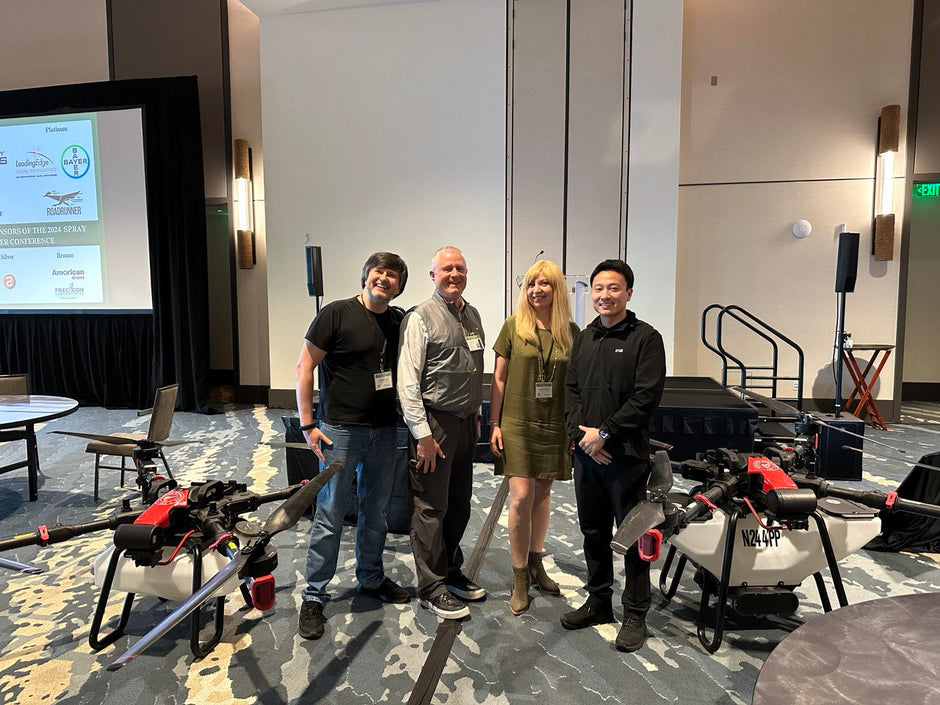Drone mapping provides growth insights about a field year round that can save time, money, and resources for growers and agronomists.
Sunflowers and corn are critically important crops to many growers. Taking care of the crops, especially sunflowers where each head has hundreds of seeds, requires attentive farm teams. Futurology team DroneUA was called to survey fields of sunflowers and corn. They have experience working in drone precision agriculture and use PIX4Dfields to gather insights about their crop. They wanted to get several key outputs from working in this area: a plant count, herbicide application plan, growing season analysis, and a flower map.
Using precision agriculture technology
There were several outputs and findings that Futurology wanted to get from this work. They visited the field 4 times at different stages of crop growth to analyze different indicators.

Measuring plant counts with drones
The first survey was to do a plant stand count for sunflowers. Each head of a sunflower is important in getting a successful crop, which will be used for making sunflower seed oil. Using drones to analyze the crops brings a return on investment in terms of providing information quickly that was not previously available.

The first survey was performed in early June, where the quality of sowing was assessed using a drone flight with a high ground-sampling distance (GSD) between 1 and 2 cm. The small GSD provides highly detailed data for analysis. The data was processed with PIX4Dfields where an index calculation developed by Futurology was used to calculate vegetation with an accuracy between 80 and 90%. The exact number of sunflowers and corn plants in these fields was determined, which allowed the farmer to assess the quality of crops, identify places without seedlings, and get an approximation for the expected yield at harvest to plan for the logistics for later in the season.
Applying herbicides using precision agriculture
Using a drone map to plan herbicide application can prevent unnecessary treatment in a field. Scanning beforehand is done in the tillering stage and stem growth, which happens in the latter half of June for sunflower and corn. At this stage, the height of vegetation is measured and then analyzed to identify the different stages of plant growth as well as spot the impact of weeds in the terrain.

The data was first processed and analyzed in PIX4Dfields before further analysis was done with QGIS to create a map of weeds and herbicide application plan. The application plan prepared for herbicides to be applied topically to reduce the overall amount of chemicals in the crop which is a more environmentally friendly agriculture practice.
Precision fertilizer application
Fertilizers applied to a field can be damaging to the environment. Futurology returned to the field in early July to plan for corn and sunflower fertilizer application. They planned to use multispectral data, where different waves of light are used to analyze the state and health of crops.

The data was processed with PIX4Dfields to create an NDVI, which is sensitive to chlorophyll content in plants and the amount of leaf biomass. This is done with the multispectral camera on the DJI P4 Multispectral.
The measurements are then used to create a zonation map. This is used to optimize plant nutrition and save on the amount of fertilizer applied to the field. By working with drone mapping and multispectral imagery, the farmers save fertilizer and money, achieve a stronger ROI.

Flowering stage map and the end of the growing season
At the end of the growing season, the flower buds of the sunflowers are counted to check the stage of development and the level of flowering. The level of growth of the flowers can be used to plan micro fertilizer use and treatment to give them a final boost. Thus, a flowering stage map was created with PIX4Dfields to get this information to plan a treatment regime.

Drone mapping in agriculture throughout the year
As a result of working with drone mapping, Futurology team delivered vital information and actionable data to their client. All of the seasonal monitoring with drones and multispectral photogrammetry provided a strong return on investment to the growers because it saved fertilizer, herbicides, and time. They could better plan for harvest as a result of using drone mapping to measure the stage of growth without losing any time or crops.
PIX4Dfields provided key tools for taking raw data and making it actionable. Images from different times of the year were used to calculate reliable index values. Drones and precision agriculture made a difference for these crops without invasive treatment or expensive satellite image analysis.
Thanks Pix4D team in the creation of this use case, more Pix4D case studies can be found by this link










